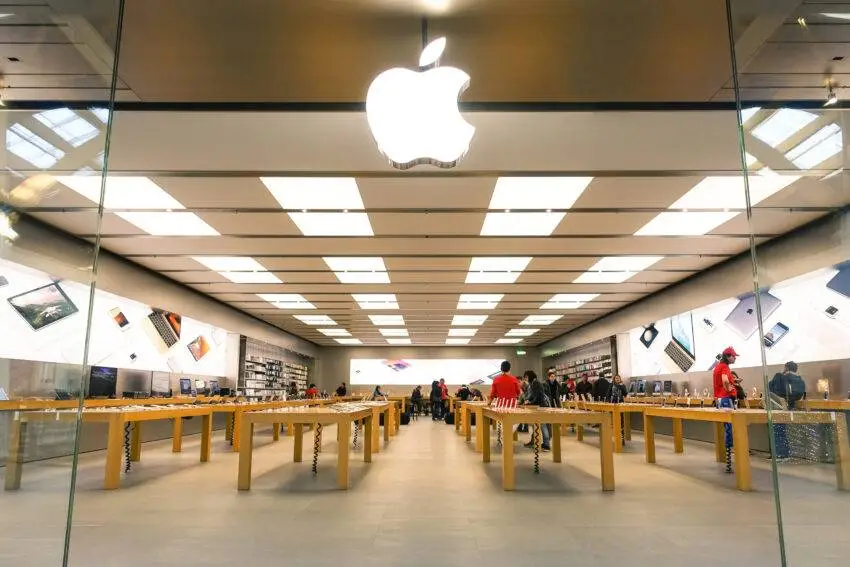Apple has made a crucial decision to discontinue its in-house ‘buy now, pay later’ scheme in the United States. This move marks a significant retreat from offering its own financial services, which was launched only a year ago.
Instead, Apple is shifting gears to collaborate with third-party lenders for its payment plans. The change is influenced by increasing interest rates and aims to adapt to evolving market conditions.
Apple Ends ‘Pay Later’ Scheme
Apple has decided to end its in-house ‘buy now, pay later’ service in the US. This change has left many wondering why the tech giant has made this significant shift.
Instead of providing its own financing, Apple will now work with third-party lenders. The partners include well-known banks like Citi in the US, HSBC in the UK, and ANZ in Australia.
The Reasons Behind the Shift
Apple’s ‘Pay Later’ service allowed US customers to split costs into four instalments over six weeks. This was interest-free and fee-free, making it attractive when interest rates were low.
The situation changed when central banks increased rates to tackle inflation. Borrowing became less appealing under these new conditions, leading to a decrease in demand for such financing plans.
Impact on Current Users
Existing users of Apple’s ‘Pay Later’ can still manage payments via the Apple Wallet app. They won’t face any immediate disruptions.
The transition to third-party lenders means new users will have to adjust to different terms. The specifics of these terms will depend on the respective banks involved.
Users will need to wait until the new iOS 18 operating system is released later this year to access these third-party payment plans.
Apple’s Financial Services Ambitions
With ‘Pay Later,’ Apple positioned itself as a direct lender through a subsidiary known as Apple Financing. This was a bold move into traditional financial services.
This decision to pull back indicates a strategic re-evaluation. Apple may be focusing its efforts on partnering rather than competing directly in financial services.
The annual developer event highlighted this shift, with announcements about new partnerships with banks to provide payment plan options.
Response and Reactions
This shift has garnered mixed reactions. Some see it as a smart move, aligning Apple’s services with trusted financial institutions.
Others believe Apple has missed an opportunity to revolutionise personal financing. The debate continues among analysts and consumers alike.
Social media has been buzzing with opinions. One user tweeted, “Apple’s partnership with big banks might be the safer bet, but it feels like a step back. 🤔”
Future Outlook
The new third-party payment plans will be accessible with the new iOS 18. Users are curious about the terms and how they will compare to Apple’s original plan.
As interest rates continue to fluctuate, the flexibility of these third-party plans could appeal to a broader audience. However, the terms may not be as favourable as Apple’s initial offering.
Apple’s strategy may involve more partnerships in the future, expanding beyond just payment plans. This could be a way to integrate more services without directly entering the financial sector.
Conclusion of the Shift
Ending the ‘Pay Later’ scheme marks a significant change in Apple’s business approach.
Moving to third-party lenders may streamline operations but also shifts the responsibility to external partners.
Apple’s decision reflects its adaptability and willingness to pivot in response to market conditions.
The end of the ‘Pay Later’ scheme marks a pivotal moment for Apple’s financial services. Moving to third-party lenders shows Apple’s ability to adapt to changing market dynamics, although it shifts risk away from the company.
As Apple aligns with established banks, it demonstrates a strategic pivot in its business model. This could open new avenues for partnerships and growth while maintaining customer trust.
Ultimately, this change illustrates Apple’s commitment to evolving in response to global economic conditions and user needs, ensuring that it remains a competitive player in the financial services landscape.


